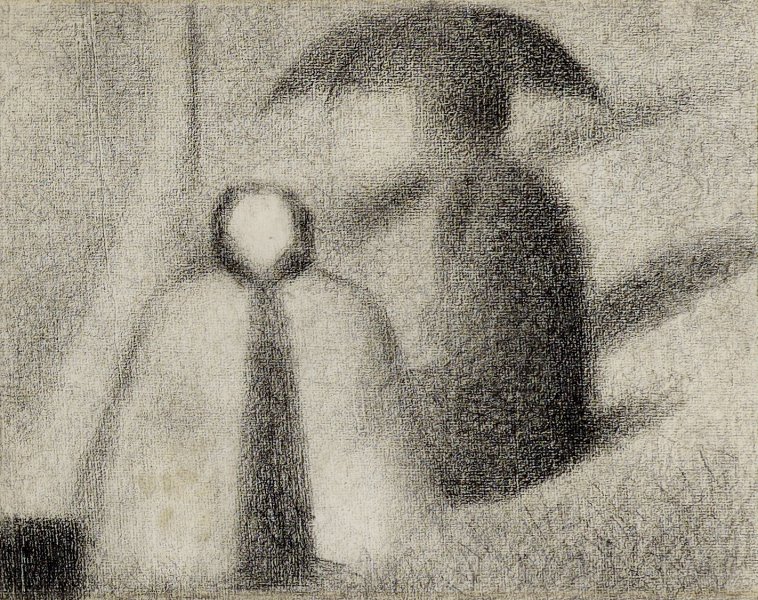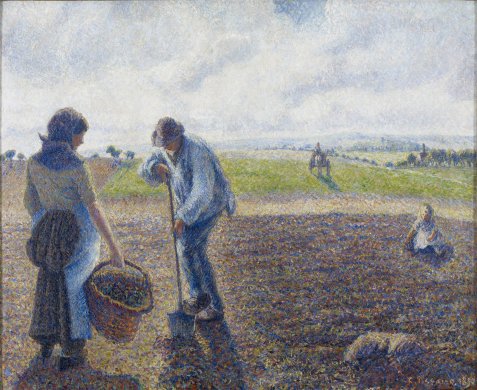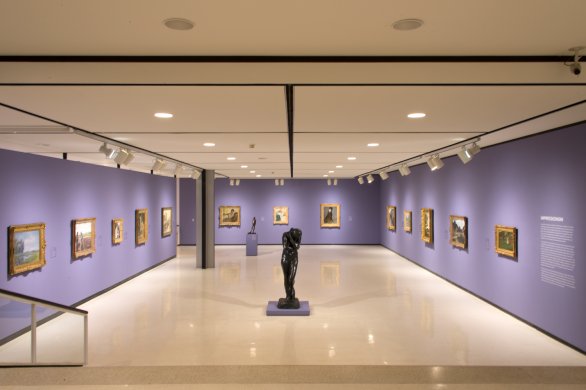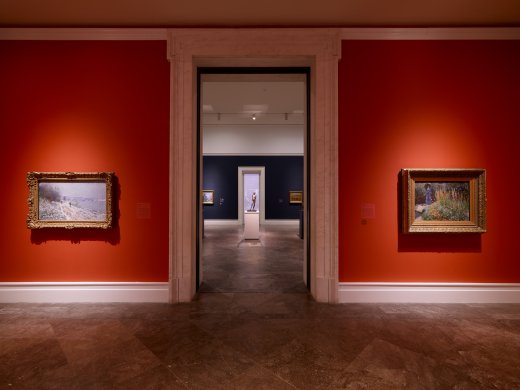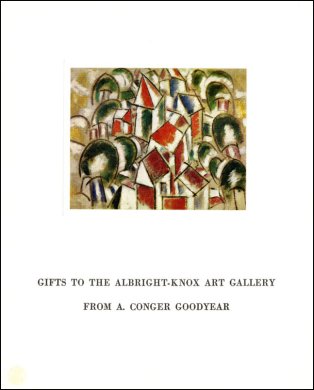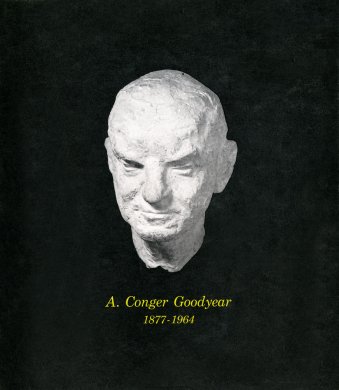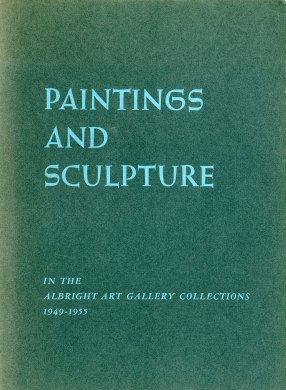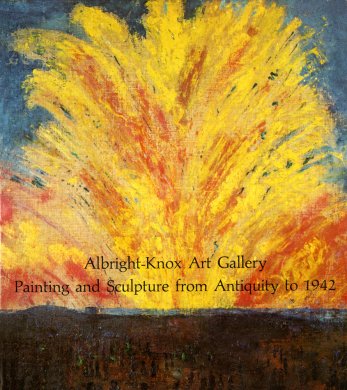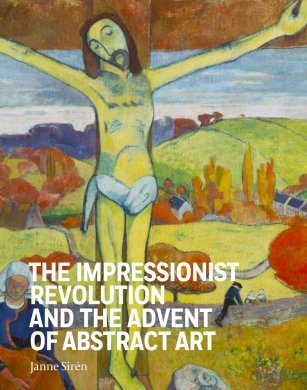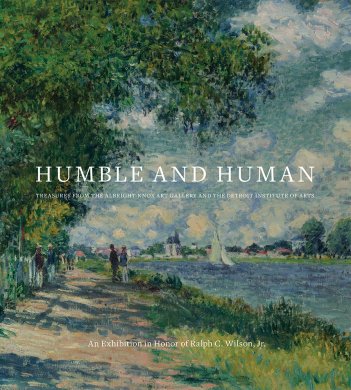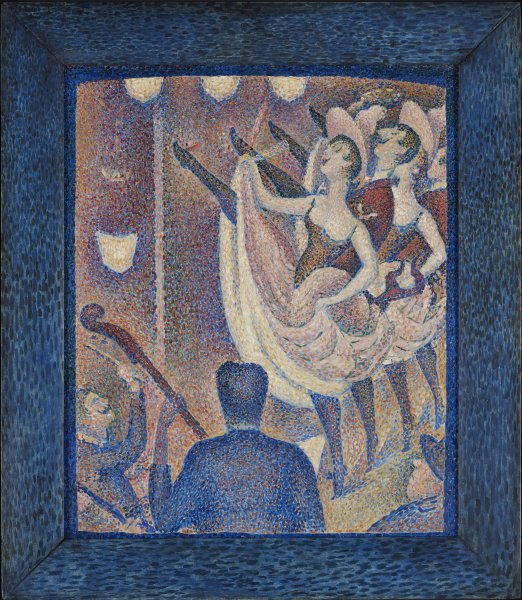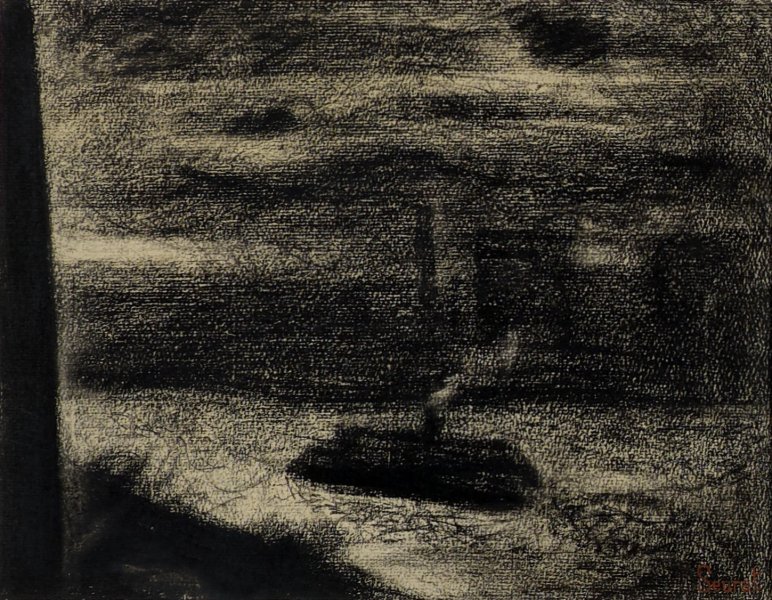Georges Seurat
French, 1859-1891
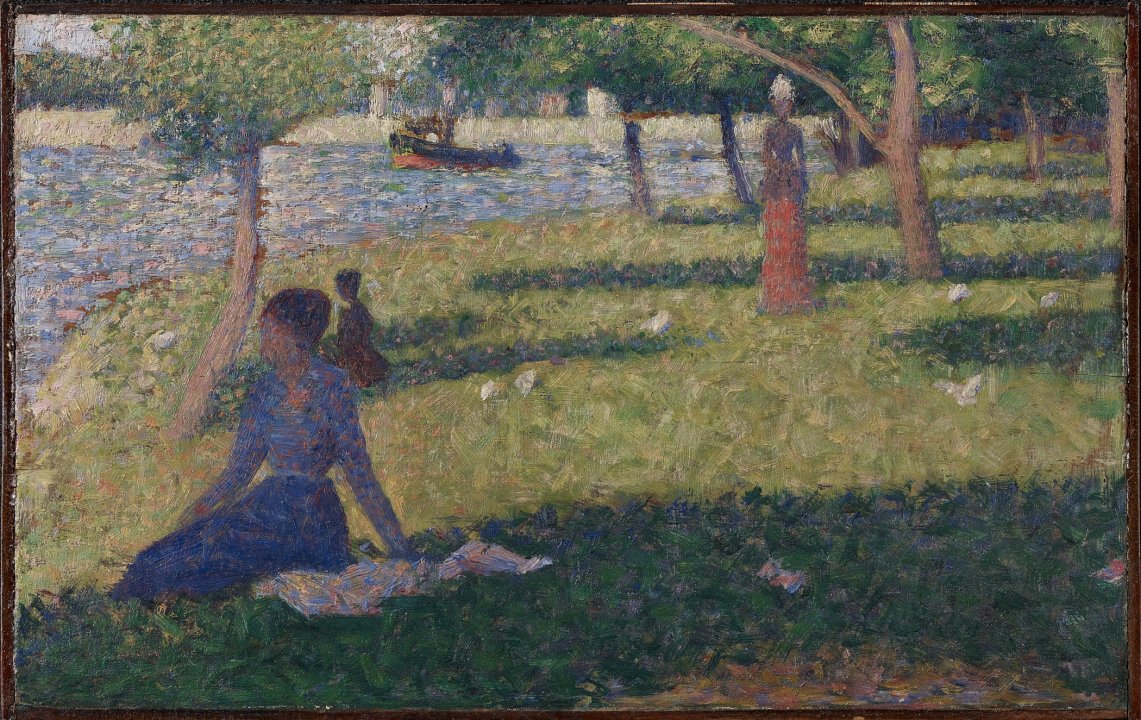
Georges Seurat (French, 1859–1891). Étude pour "La Grande Jatte" (Study for "La Grande Jatte"), 1884–85. Oil on wood, 6 1/8 x 9 3/4 inches (15.6 x 24.8 cm). Collection Albright-Knox Art Gallery, Buffalo, New York; Gift of A. Conger Goodyear, 1948 (1948:7)
Étude pour "La Grande Jatte" (Study for "La Grande Jatte"), 1884-1885
Artwork Details
Currently on View
Materials
oil on wood
Measurements
support: 6 1/8 x 9 3/4 inches (15.56 x 24.76 cm); framed: 11 3/4 x 15 3/8 x 2 9/16 inches (29.84 x 39.05 x 6.51 cm)
Collection Buffalo AKG Art Museum
Credit
Gift of A. Conger Goodyear, 1948
Accession ID
1948:7
After encountering the work of the Impressionists, Georges Seurat shifted away from the foundations of his academic training and began studying color theory, eventually becoming a leading proponent of Neo-Impressionism. Members of the group sought to apply the theory of mélange optique (optical mixture) to their art. Rather than mixing the pigment to a desired tone before applying it to the canvas, these artists relied on viewers’ eyes to combine adjacent colors as part of their experience of the paintings.
Building on this theory, Seurat developed a technique called Pointillism, in which small dots of unmixed pigment blend together only when viewed from a distance. This intimate painting is one of seventy small preparatory studies the artist made for his first monumental work of art using this new methodology—A Sunday on La Grande Jatte—1884. Over the course of six months, Seurat visited this Parisian island daily to sketch and observe. In contrast to the systematic marks applied to the finished tableau, such studies feature shorter, more varied brushstrokes. The color palette, however, remains consistently vivid throughout all the preparatory works and the final version.
Label from Humble and Human: An Exhibition in Honor of Ralph C. Wilson, Jr., February 2–May 26, 2019
